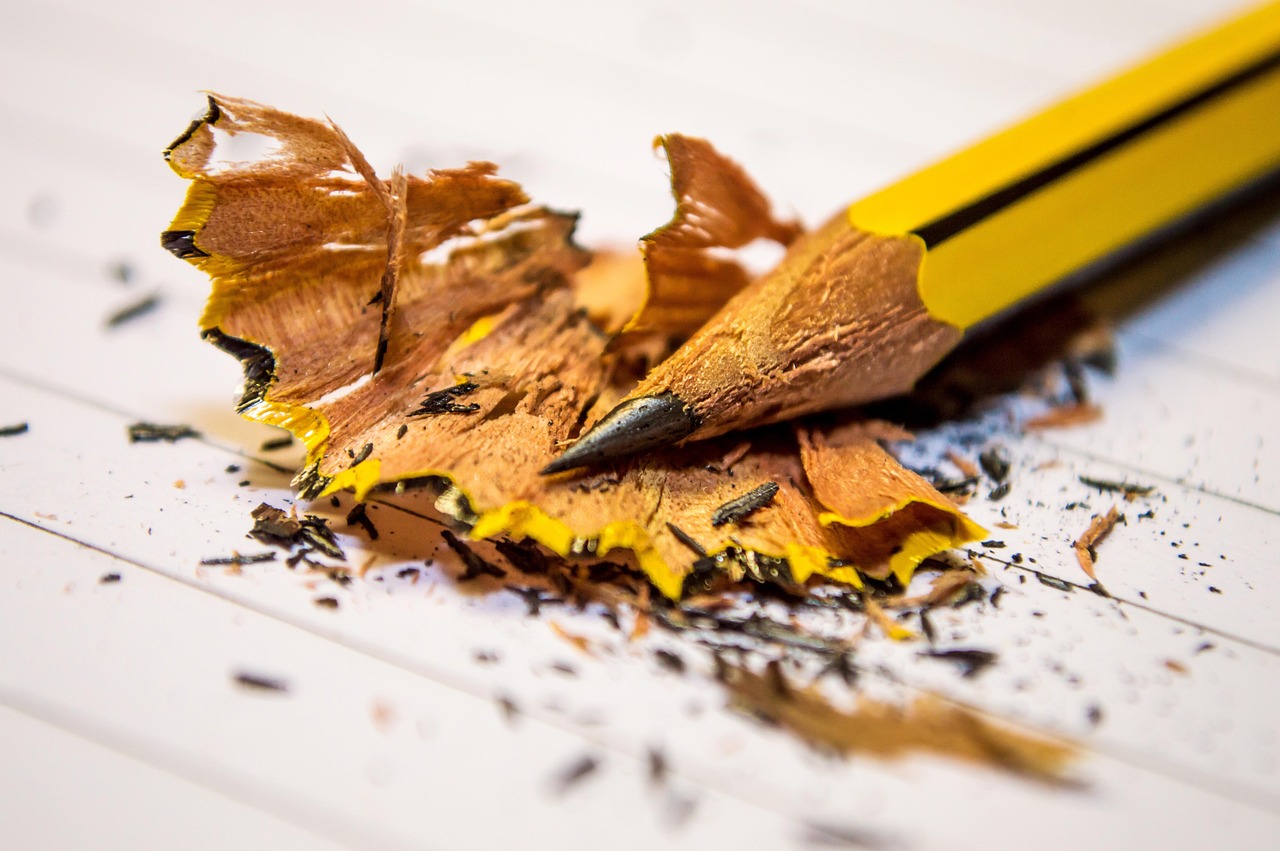
National Pencil Day, celebrated annually on March 30, commemorates the patenting of the first wooden pencil in America by Hymen Lipman in 1858. This seemingly simple writing instrument has a rich history spanning centuries and continents.
The pencil’s origins trace back to ancient Rome, where they used thin metal rods to make marks on papyrus. The discovery of graphite in Borrowdale, England in 1564 revolutionized writing technology. Initially mistaken for lead (hence “lead pencil”), this graphite was so pure it could be cut into sticks and used directly.
The first mass-produced pencils emerged in Nuremberg, Germany in 1662. German craftsman Kaspar Faber established what would become Faber-Castell, now among the world’s oldest industrial companies. The modern wood-cased pencil design developed gradually, with significant innovations from Nicolas-Jacques Conté, who created a process to mix graphite with clay in 1795.
Pencils typically contain graphite mixed with clay—more clay produces harder pencils (H scale), while more graphite creates softer, darker lines (B scale). The common HB or #2 pencil sits at the midpoint of this spectrum.
An average pencil can draw a line 35 miles long, write approximately 45,000 words, or be sharpened 17 times before becoming too short to use. The distinctive yellow color became standard in the 1890s as American manufacturers wanted to indicate their pencils contained Chinese graphite—yellow being associated with Chinese royalty.
Despite digital technology’s prevalence, global pencil production exceeds 14 billion annually. Beyond writing, pencils found unique applications throughout history—NASA developed special pressurized versions for space after discovering regular pencils were hazardous in zero gravity, and John Steinbeck reportedly used 300 pencils while writing “East of Eden.”
The humble pencil remains a testament to human ingenuity—combining simplicity, sustainability, and reliability in a design that has endured for centuries.